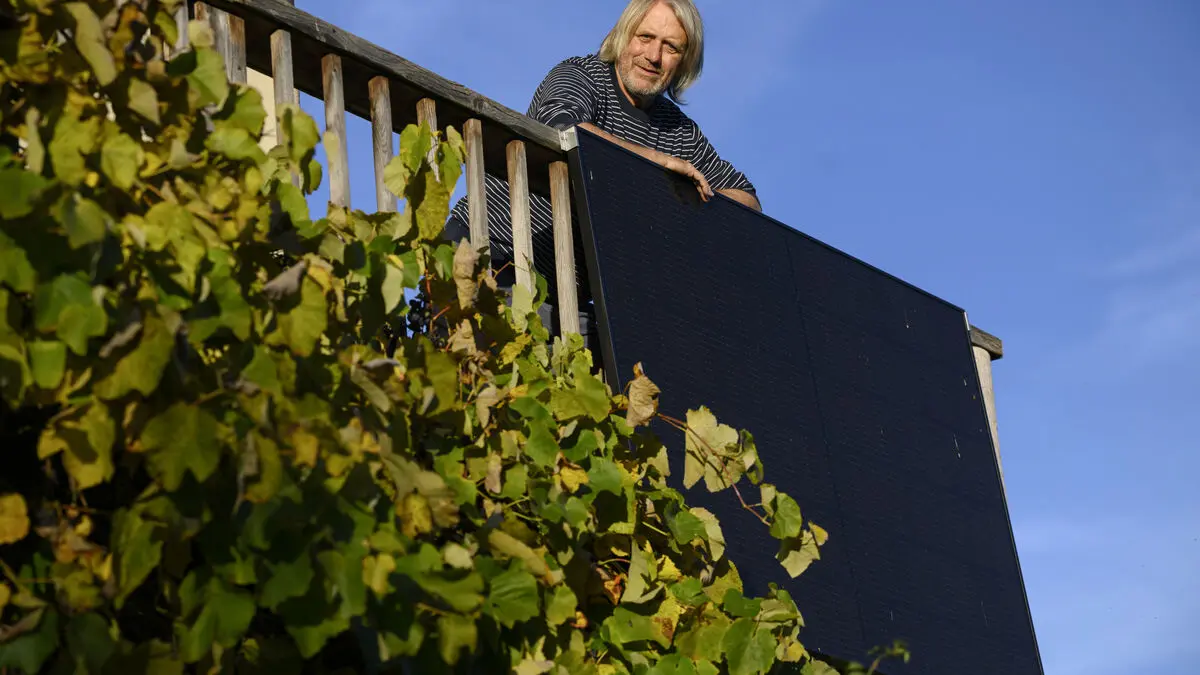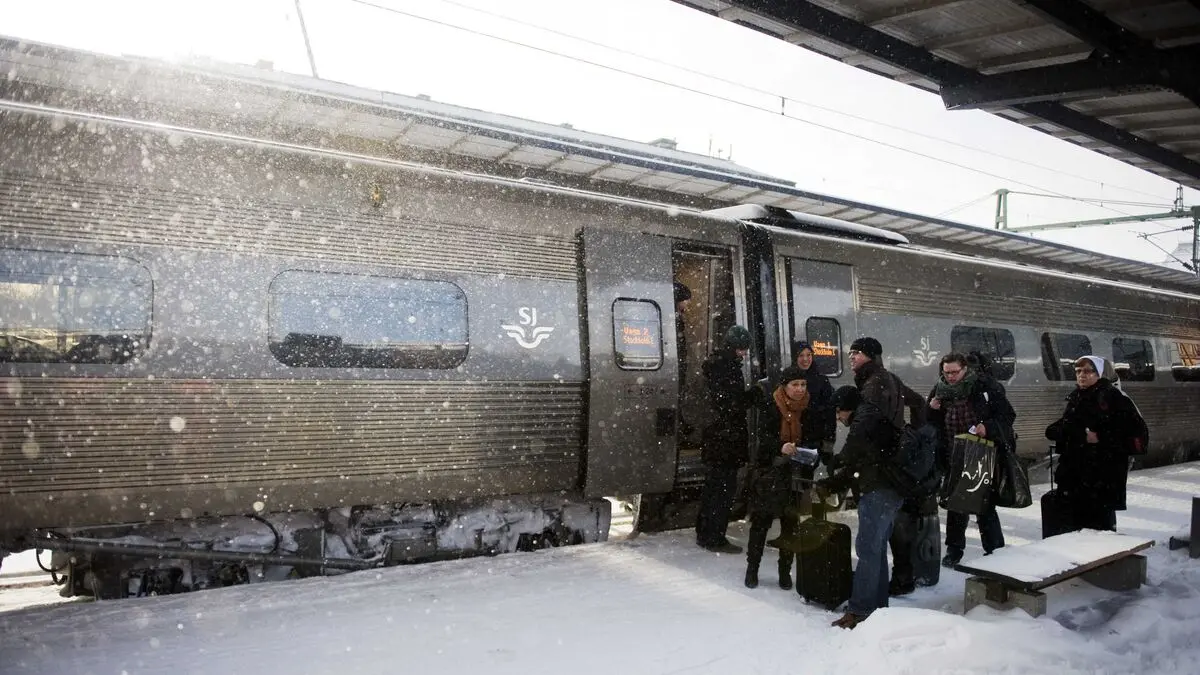Some of the vines on the balcony got tangled, but otherwise the installation was easy. Jörg Lühmann in the village of Sieben Linden shows the cable that goes from the solar panel to the socket in the wall – it couldn't be more difficult than that.
There are no technical difficulties. You can get a maximum of 900 watts – in theory, anyway, if the sun is out all day.
He bought his two plug-in solar panels, commonly known as balcony power plants, from the grocery chain Edeka for 299 euros each a year and a half ago. They haven't really paid for themselves yet, he estimates he'll save around 100 euros a year.
But I don't see any disadvantages to having them. They don't bother me.
Large number of dark figures
Jörg Lühmann's solar panels should actually be registered, but they are part of the large unreported figure believed to be a couple of million. Last year, the environmental agency Umweltsbundesamt estimated that there were three million balcony power plants in operation, but only 800,000 of them were registered. This year, the number of registered has passed one million.
How much electricity you get depends, in addition to how sunny it is, on how they are positioned. Even partial shade significantly reduces production. The electricity is usually consumed immediately or temporarily stored in a battery.
According to the industry organization Bundersverband Solarwirtschaft, balcony power plants cover an average of between 10 and 40 percent of a household's electricity needs, and for example, two solar modules with an output of 400 watts each produce approximately as much electricity in a year as a washing machine and a refrigerator consume in a two-person household.
Oliver Lang at the company Sonnenrepublik is one of the pioneers in the industry and has been involved since 2019 when the installation requirements changed, making it possible to generate your own electricity on the balcony.
At first, it was mostly environmentalists and tech nerds who bought, but in 2022 the real boom came when people thought they were going to be invaded by Russia.
Several legal changes
A number of regulatory changes have been made to encourage more people to get balcony power plants. They are exempt from VAT and the electricity does not have to be taxed. Landlords are not allowed to say no if tenants want to set one up on their balcony. In addition, prices have dropped significantly and today they can be purchased at DIY stores, grocery chains and Ikea.
The big problem is usually the installation, explains Oliver Lang. It takes a professional to attach the panels properly.
They weigh around 20 kilos, so it's not something you want to fall on someone's head.
The assembly is also something that drives up the price. Despite that, Oliver Lang thinks it's a worthwhile investment.
With professional installation, it might cost 1,000 euros, and you save around 250 euros a year – that's a four-year payback. It's more profitable than having solar cells on your roof.
Not in Sweden
Connecting solar cells with a plug has become possible in Germany, partly through a change in the electrical installation standard. In Sweden, this is currently not the case, explains Mikael Carlson, technical expert at the Swedish Electrical Safety Authority.
The assessment we have made so far is that connecting a solar cell unit with a plug does not comply with the electrical installation regulations we have in Sweden.
Swedish standards require that a generator that is connected to operate in parallel with the grid is not connected with a plug, but is permanently connected.
The Swedish Electrical Safety Authority also sees risks with balcony power plants. Since several electrical outlets are connected to one fuse, there is a risk of connecting both production and consumption under the same fuse.
There is then a risk that the wiring in the electrical system can be overloaded. The main risk is that you will get some kind of overheating, but it can also lead to a fire.
Mikael Carlson also points out the likelihood that those who have acquired one plant will acquire more to increase profits – thereby increasing the load and the risk of overheating.
When the Swedish Electricity Safety Authority sought answers from Germany about how the risk of overload was handled, it has so far not received any satisfactory answers. This does not mean that solar cells connected with a plug are ruled out in Sweden forever.
We are not impossible either, but we want to understand how to move forward. We have an ongoing investigation and are looking for the use cases that could overload the lines.
The plan is for the investigation to be completed by the end of the year, but that is not the same as the go-ahead for balcony power plants waiting around the corner, clarifies Mikael Carlson.
It only answers whether we can safely connect this equipment to existing facilities. This is still not permitted according to Swedish standards.
In 2019, a change was made to the electrical installation standard in Germany that allowed for plug-in solar panels. Since then, the market has grown significantly, and this summer the number of registered installations passed the one million mark. A significant number of unregistered installations are also expected.
The system's power output should not exceed 2,000 watts and the connected power should be limited to a maximum of 800 watts. As a rule, the solar energy is consumed directly or stored in a battery.
Solar energy covers between 10 and 40 percent of a household's energy needs. A system consisting of two solar panels with an output of 400 watts each produces about as much electricity in a year as a washing machine and a refrigerator consume in a two-person household.
Until 2024, the majority of customers were homeowners. Since then, the law has changed so that a housing association or landlord cannot, in principle, refuse to allow someone who wants to install a solar system with a plug on their balcony.
The typical installation is two solar panels on a balcony railing, which has led to the nickname balcony power plant.
Source: Bundesverband Solarwirtschaft





